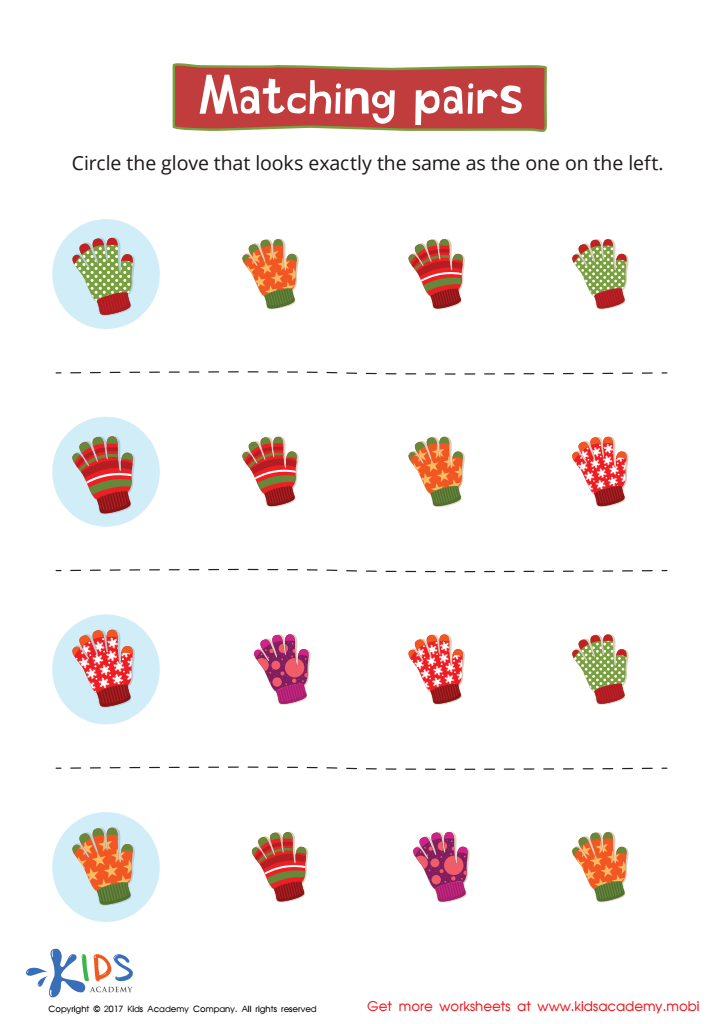-
English
-
English Pre-K
-
Unit 1: Early Literacy Skills
-
ABCs
- Pre-writing Activities
- Letter A
- Letter B
- Letter C
- Letter D
- Letter E
- Letter F
- Letter G
- Letter H
- Letter I
- Letter J
- Letter K
- Letter L
- Letter M
- Letter N
- Letter O
- Letter P
- Letter Q
- Letter R
- Letter S
- Letter T
- Letter U
- Letter V
- Letter W
- Letter X
- Letter Y
- Letter Z
-
Phonological Awareness
- Rhyming Words
- Letter Sounds B, C, D, and F
- Letter Sounds G, H, J, and K
- Letter Sounds L, M, N, and P
- Letter Sounds Q, R, S, and T
- Letter Sounds V, W, X, Y, and Z
- Letter Sounds A, E, and I
- Letter Sounds O and U
- Beginning Sounds
- Matching Letters to Sounds
-
ABCs
-
Unit 2: Vocabulary
-
Common Words
- Sorting Words into Categories
- Color Words
- Verbs and Adjectives
-
Sight Words
- Sight Words 'I' and 'Can'
- Sight Words 'You' and 'Like'
-
Common Words
-
Unit 3: Print Awareness
-
Parts of a Book
- Working with a Book
- Spaces Between Words
- Text and Illustrations
-
Picture Books and Poems
- Picture Book Text Features
- Poem Text Features
- Signs and Labels in the Community
-
Parts of a Book
-
Unit 4: Reading Literature
- Questions About Stories
- Discussing Stories
-
Unit 5: Reading Informational Texts
- Retelling Details in a Text
- Questions About a Text
- Connections Between Events
- Text Features
- Describing Illustrations
-
Unit 1: Early Literacy Skills
-
English Pre-K
-
Math
-
Math for Pre-Kindergarten
-
Logic and Geometry
-
Matching and Sorting
- Same and Different
- Which One Is a Little Different?
- Objects That Go Together
- Sorting by Color and Size
- Sorting The Same Group in Different Ways
- Patterns
-
Shapes
- Shapes in Our Environment
- Naming Shapes Regardless of Size
- Making Shapes in Preschool
- Comparing Shapes
- Relative Positions
- Sorting Shapes
-
Matching and Sorting
-
Early Number Sense
-
Numbers 1–5
- Counting to 3
- Counting to 5
- Arranging Objects up to 3 Objects
- Arranging up to 5 Objects
- Writing Numbers 1–5
-
Numbers 1–5
-
Numbers up to 10
- Counting to 10
- Arranging up to 10 Objects
- Number 0
- Writing Numbers 6–10
- Breaking Down Numbers 6-10
-
Logic and Geometry
-
Math for Pre-Kindergarten
Identify the Same and Different
You can think about early mathematical learning like the foundation of a home. It needs to be strong enough to support the rest of the house. Similarly, foundational math skills are a critical step in learning for all children. Observational skills are one of the building blocks in the mathematical foundation. Children enjoy looking at the world around them and being able to use their senses in order to describe what they see, feel, hear, taste and smell. This may seem like an easy task, but it requires a great deal of thought. When observing an object children are required to slow down and focus on an object. They concentrate on what they are looking at in order to make connections between what they know about the world and what they are seeing. Then, they use their communication skills to describe the object. Here are some strategies that you can use with your child to help develop these observational skills:
- Look around the kitchen. Find fruits and vegetables that match.
- Gather toys of all shapes, sizes and colors and have your child describe each object.
- As you read a picture book, ask your child to describe the illustrations.
- Put an object in a box and have your child reach in and describe it!
Once your child has developed strong observational skills, they will be able to match objects that have the same attributes. This skill requires that they are able to carefully look at something and decide if it is exactly the same. Again, this may seem like a simple task, but it actually requires a great deal of concentration for a developing brain. In the case of matching objects that are the same, they need to be able to use their working memory to hold onto an image in their brain as they compare it to a different picture or object. Internally, children are using reasoning skills to decide which objects or pictures are the same and why. This process allows children to think while playing and they will later transfer these skills to other activities and learning opportunities.
Kids Academy offers activities that will support your child in the development of these important matching skills. Here is a great video to introduce children to the concepts of same and different:
This fun matching activity below will have your child using a variety of thinking skills in order to compare gloves in order to find an exactly matching pair! Encourage your child to talk about why each pair is an exact match as they complete this activity.

Sail away with this super fun activity that requires your child to observe the sail of a sailboat and then discriminate between three different boats to find a boat with a matching sail!
Matching skills provide your child with an opportunity to look closely at objects in their world and make observations. These seemingly naturally occurring processes are actually built through activities and experiences. Our resource catalogue is a helpful tool for finding more activities that will encourage your child’s development and growth.
By: Nora Brown
Elementary School Teacher


